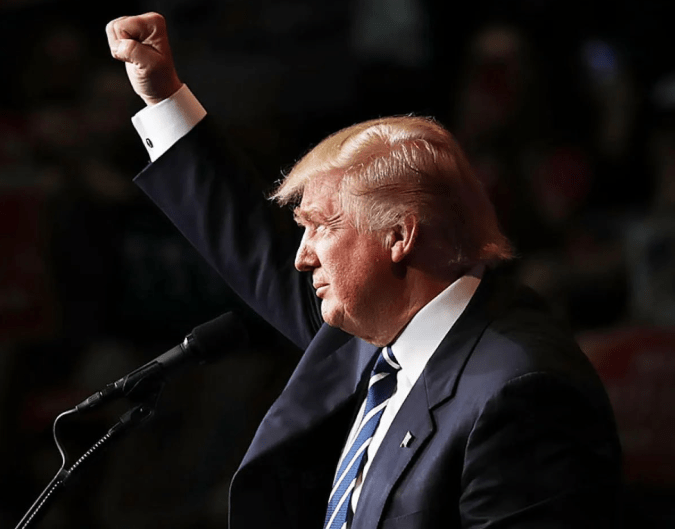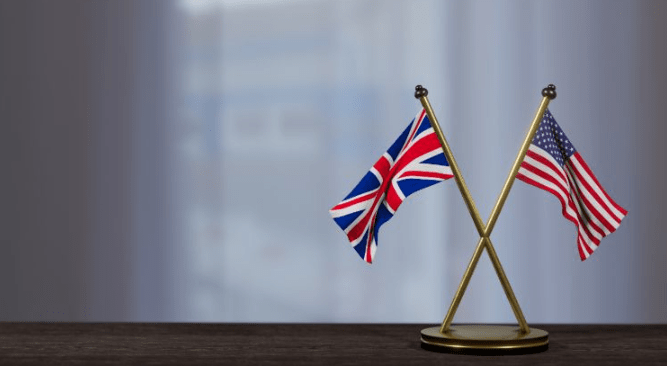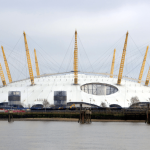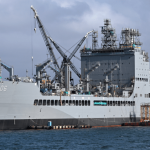The United Kingdom has narrowly avoided being hit by a sharp tariff rise from the United States, after President Donald Trump signed an executive order to double duties on imported steel and aluminium from 25% to 50%.
Thanks to a temporary carve-out, UK steel tariffs remain at 25%. However, the reprieve may only be short-lived.
The move follows a tariff deal agreed in May between the UK and the US. But the agreement has not yet been implemented, leaving British exporters exposed to uncertainty and, potentially, steep hikes if talks collapse.
A UK government spokesperson said: “We will continue to work with the US to implement our agreement, which will see the [tariffs] removed.”
While the exemption offers some breathing room, Washington made clear that the UK could still face the full 50% steel tariff as early as 9 July 2025.
President Trump cited the US-UK Economic Prosperity Deal (EPD) as justification for different treatment. But in a stark warning, the order says tariffs may increase “if the United Kingdom has not complied with relevant aspects of the EPD.” Trump stated: “The UK needed different treatment.”
| Date | Event |
|---|---|
| 10 Feb 2025 | Trump announces 25% tariffs on all steel and aluminium |
| 12 Mar 2025 | Duties officially begin |
| 2 Apr 2025 | UK included in new 10% “baseline” tariff category |
| 8 May 2025 | UK and US agree in principle to reduce/remove some levies |
| 4 Jun 2025 | US raises tariffs to 50%, UK remains at 25%—temporarily |
Gareth Stace, director-general of UK Steel, welcomed the UK steel tariffs exemption but warned of growing uncertainty. “A welcome pause… but uncertainty remains over timings and final tariff rates.”
British Steel accounts for about 7% of UK exports to the US, a significant market for producers already under pressure from rising costs and global competition.
Rowan Crozier, CEO of Brandauer, said: “Far-reaching uncertainty is the more damaging element… our customers are less confident in forward planning.”
Many in the UK steel and metals sector believe the temporary relief does little to restore long-term confidence. Industry figures stress that turning the May agreement into solid legislation must now be an urgent priority.
Business Secretary Jonathan Reynolds held talks in Paris with US Trade Representative Jamieson Greer, urging swift action to bring the Economic Prosperity Deal (EPD) into effect. Crozier added: “That’s one thing that the Trump administration continues to do—create confusion, with the hope of getting a deal.”
The government insists it is doing all it can to support British jobs and industry. But the opposition has been quick to point fingers. Shadow Business Secretary Andrew Griffith said: “Labour’s botched negotiations have left businesses in limbo.”
Meanwhile, the Conservative Party called Trump’s move “a fresh tariff blow,” increasing pressure on officials to act fast before the July deadline.

What’s Next for UK Steel?
- The UK steel tariffs will remain at 25% for now.
- Full 50% hike could apply post-9 July 2025.
- Final fate depends on swift legislation of the EPD in Parliament.
Unless both nations move quickly, UK manufacturers could once again find themselves at a disadvantage, facing higher costs, reduced orders, and growing uncertainty in one of their key markets. For now, British Steel breathes a sigh of relief. But the clock is ticking.






